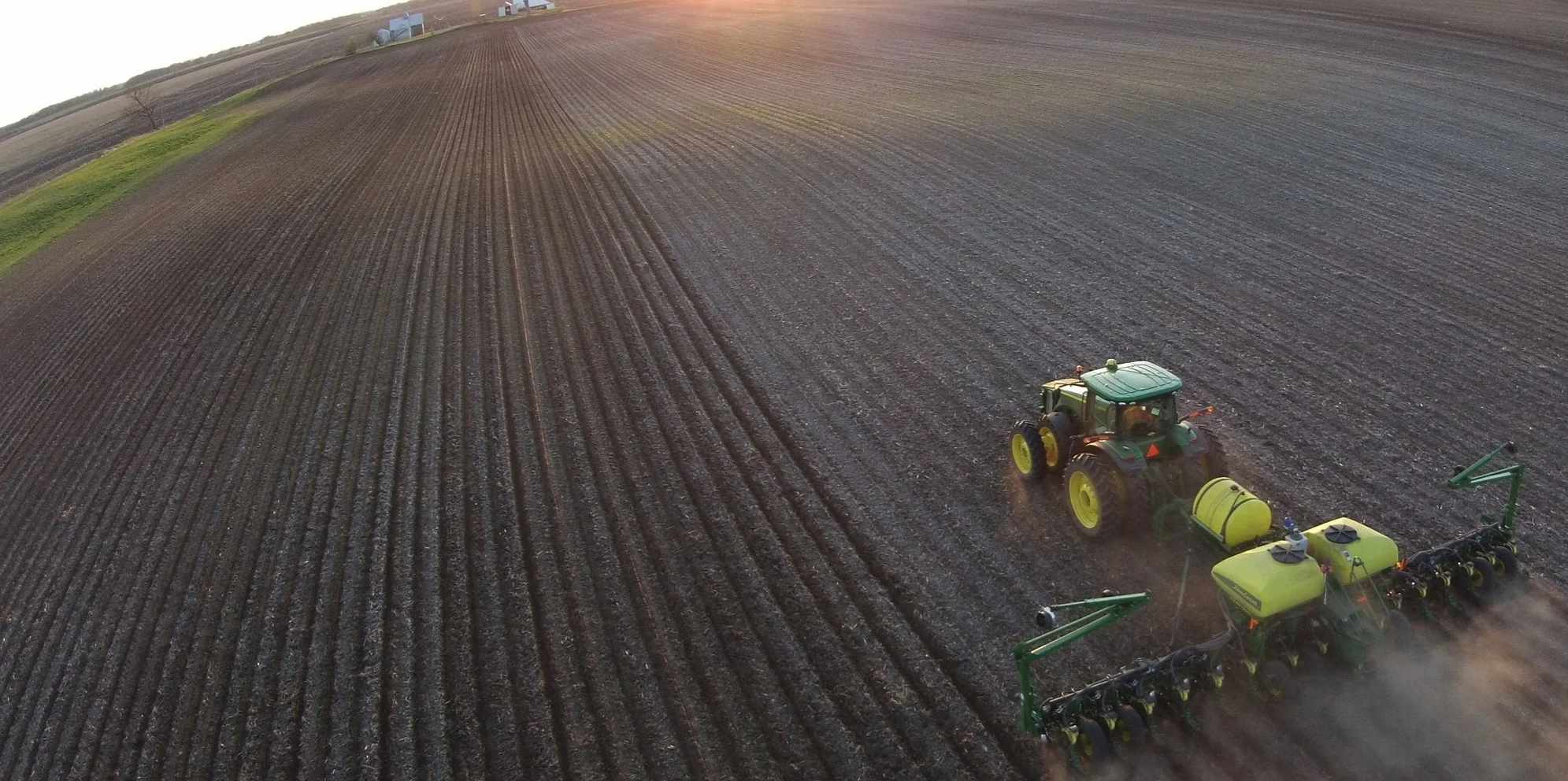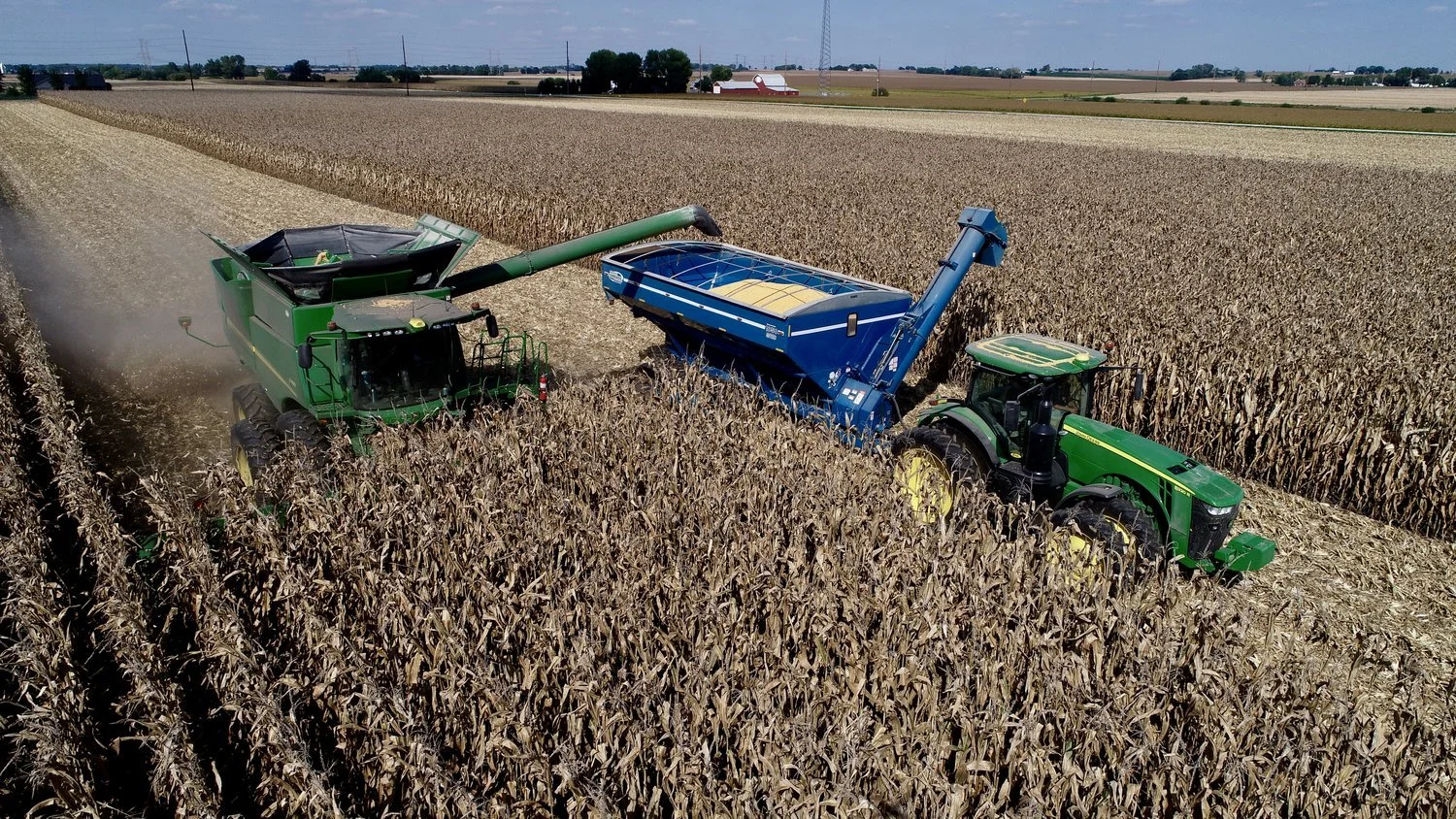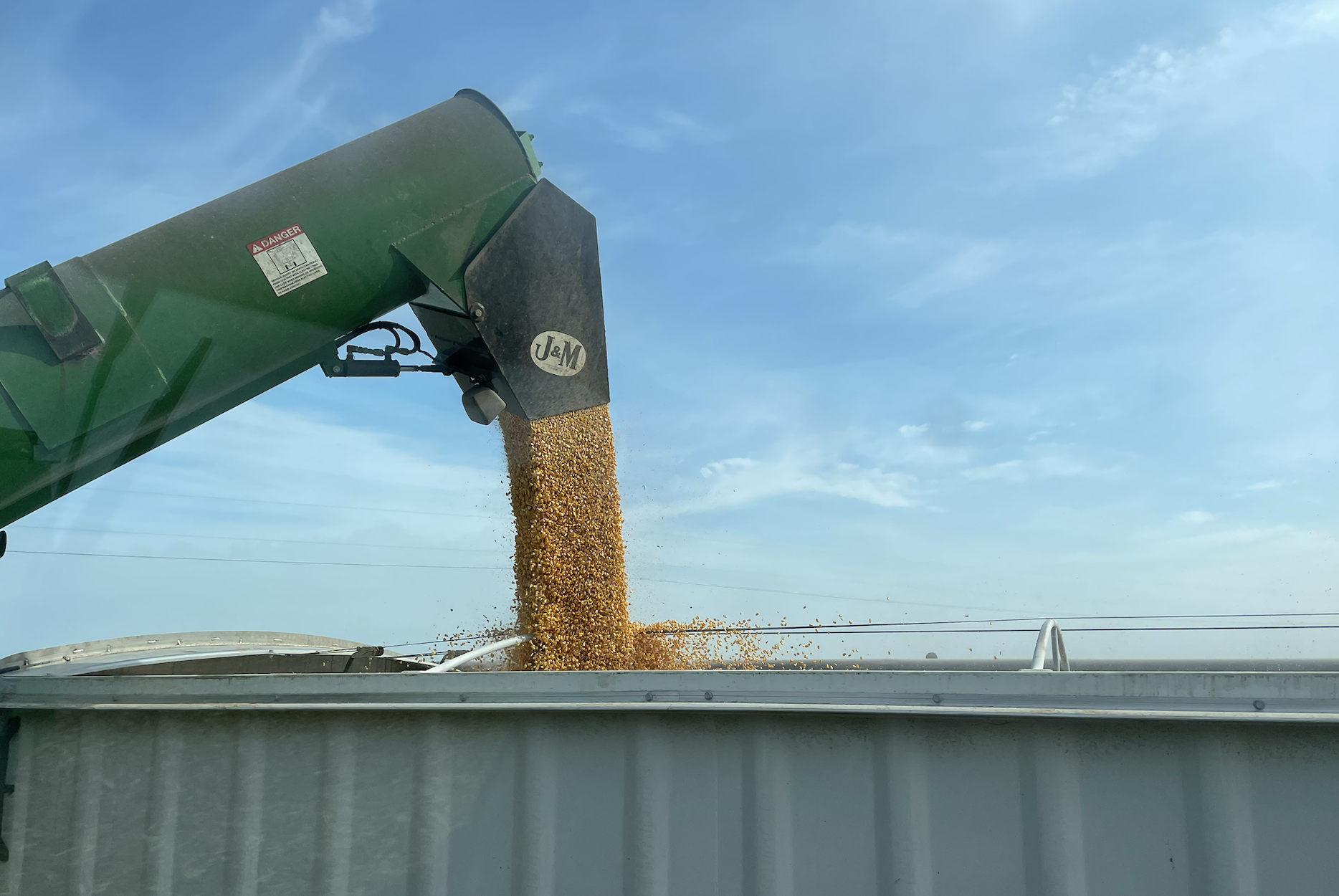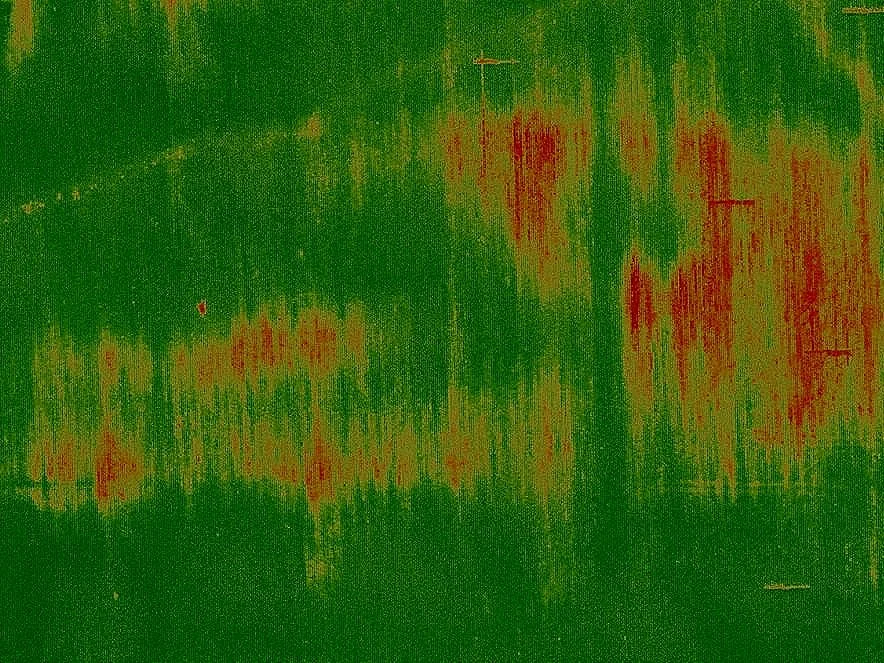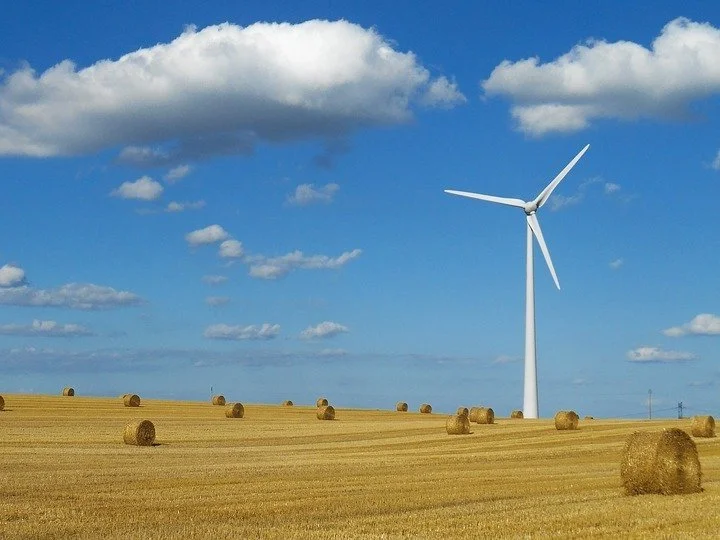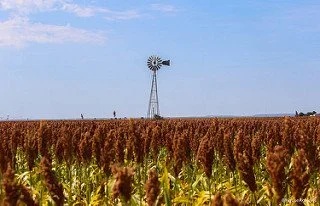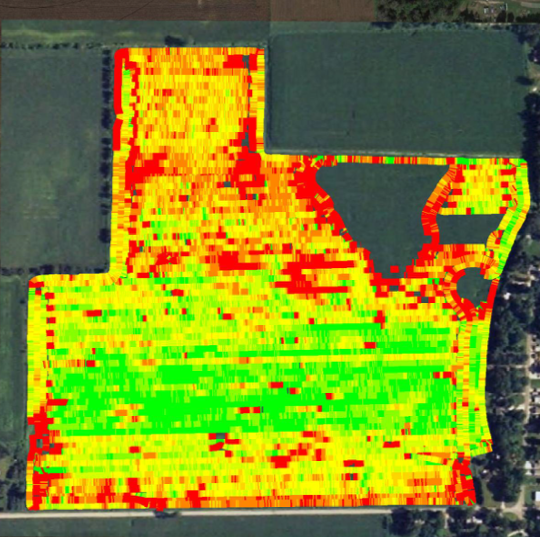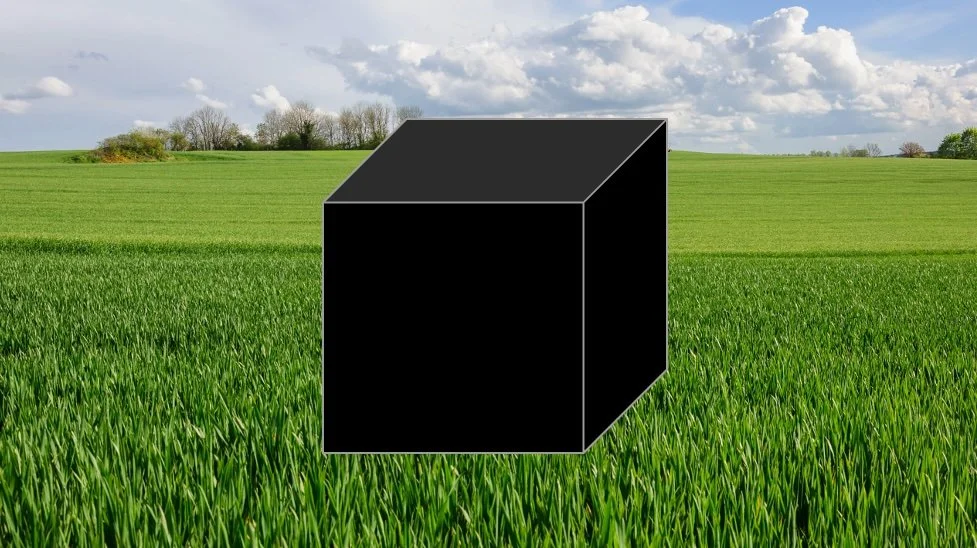Who Owns "Pore Space" Deep Under Your Land?
/Most agricultural landowners are familiar with the concept of “mineral rights.” Real property law has long recognized the right of a landowner to sever the surface rights with the subsurface right to extract minerals from the land. In legalese, these two property interests are referred to as the “surface estate” and the “mineral estate.” This is all well settled in the law, as mineral rights have been recognized as long as we have been extracting oil, gas and other minerals from the land. But how are property rights to underground caverns apportioned?
One response to climate change has been to sequester carbon dioxide (CO2) into underground pore spaces deep under the surface created by prior oil and gas extraction or occurring in natural geological formations. Think of this as the opposite of mineral extraction since CO2 is pumped into ground where it never existed. Sequestering CO2 deep underground will shine a light on this question, who owns the “pore space” under the surface of the land? The owner of the surface estate? The mineral rights owner? The public? No one?
The answer is complicated and depends what state the pore space is located under. Scholars who have surveyed state laws have found that most states recognize that the pore space is owned by the surface owner.
The majority of case law on the subject of pore space ownership supports the premise that the surface owner, not the mineral owner, owns the rights to the pore space… [C]ourts in Montana, Oklahoma, Louisiana, New York, Michigan, West Virginia, New Mexico, and California all recognize the surface owner's ownership of underground pore space for gas storage operations. Montana, Wyoming, and North Dakota, in particular, have enacted statutes establishing, as part of broad legislation governing carbon sequestration, that pore space is owned by the surface owner.
Stefanie L. Burt, Who Owns the Right to Store Gas: A Survey of Pore Space Ownership in U.S. Jurisdictions, 4 Joule: Duq. Energy & Envtl. L.J. 1, 2 (2016)
Kentucky, on the other hand, appears to be an outlier that ties ownership of “pore space” to the owner of the mineral rights. Many other states, like Indiana, have no case law directly addressing this issue.
Two other wrinkles may impact who owns the pore space. State statutes may attempt to resolve the ownership question, and these are in a state of flux right now as deep well injection of CO2 is very current topic. Finally, if the land is owned by the federal government and leased to individuals, it seems unlikely that tenants have the right to store CO2 under federal lands.
So who owns pore space under the surface of land? Most likely, the surface owner, but as with many property rights, the answer is likely more complicated.

